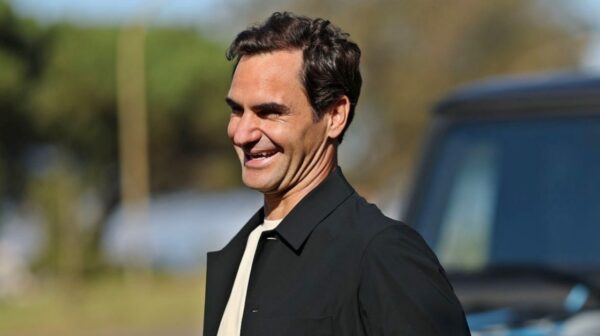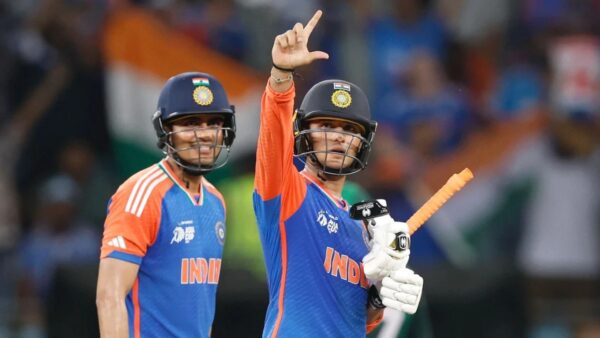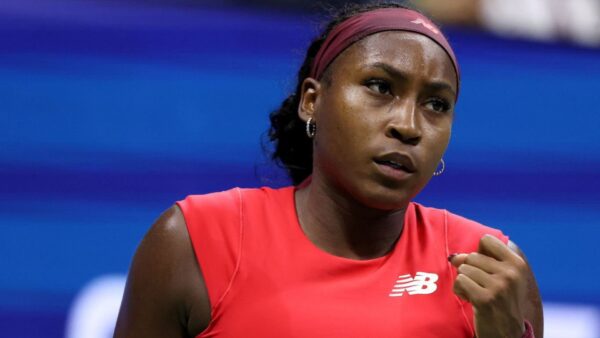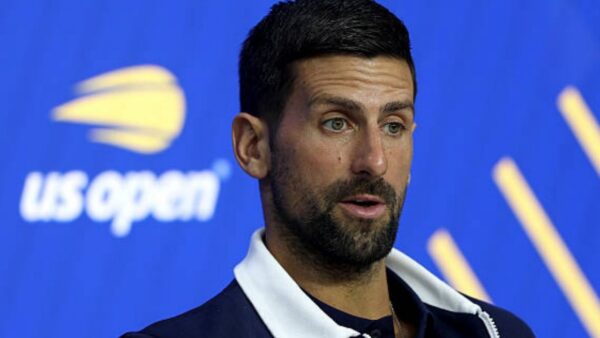Michael Jordan once BLACKMAILED Bulls with threat of joining rival and landed 1-year, $168 million contract in today’s money
Discover how Michael Jordan reshaped NBA salaries with a record-breaking $168 million contract and changed the game forever.

Michael Jordan (via Fox Sports)
🔍 Explore this post with:
Michael Jordan wasn’t the highest-paid NBA player in 1997 and 1998 when he was at the centre of the American media due to a 10-part, five-week documentary series on ESPN. He was paid more than the rosters of most teams combined. Jordan deserved it since he was the greatest of all time. However, it revealed a problem with the Collective Bargaining Agreement (CBA).
The salary cap for each team in the NBA for the 1996–97 season was $24.3 million. But keep in mind that teams were not penalised for exceeding the cap when re-signing their own players. Jordan broke the $18.7 million contract set by Patrick Ewing for the New York Knicks the year before by signing a one-year, $30.1 million agreement. At the time, Jordan’s agreement suggested that professional players generally would find themselves in better places. Owners took note of his obvious reset of the contract market. For comparison, Jordan received a one-year contract of $30.1 million, making him five times the highest-paid player in the NHL. Jordan earned three times as much as Wayne Gretzky.
Jordan agreed to a second one-year contract for the 1997–98 campaign. He surpassed his previous season record by making $33.1 million this time around. The Bulls took advantage of the CBA, which allowed them to pay Jordan as much as they desired without incurring a cost, for the second consecutive year. But as Jordan drove up the market, earnings across the NBA increased year over year. Players couldn’t argue that they deserved more than him, but celebrities’ demands for $11 million, or one-third of his income, seemed plausible at the time. Nevertheless, this trend was becoming an issue because the pay cap for that year was only $26.9 million. Take a look at those wages for those two seasons.
The Bulls were the highest-paid team in the league both years thanks to Chicago’s ability to offer Jordan an uncapped contract. Teams believed that this CBA flaw gave them an unfair advantage. Jordan, for instance, scored more points than the whole Utah squad when the Bulls and Jazz faced off in the 1997 and 1998 championship games.
Michael Jordan’s dominance: How the NBA’s maximum salary rule changed the game?
After the dust settled, the NBA implemented a “maximum salary” regulation. It had a wage cap that reached a maximum of 105 per cent of the player’s prior salary, 35 per cent of the club cap, or $14 million for players with more than ten years of experience.
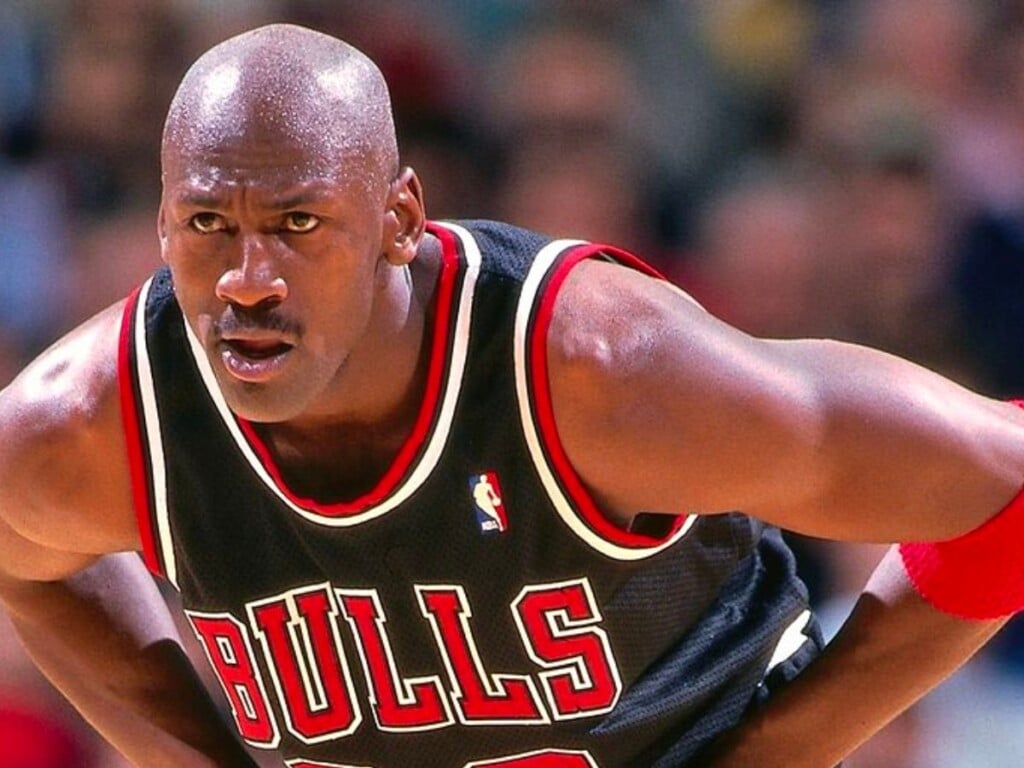
Contracts that already existed were to be “grandfathered” in. Jordan was able to maintain the greatest salary record for nearly 20 years despite the new rule’s drastic salary reductions. Jordan’s one-year pay record was finally broken in 2017 by Steph Curry ($34.7 million) and LeBron James ($33.3 million). Due to the wage cap regulations in force, it took them that long to meet Jordan’s single-season remuneration.
The “luxury tax,” a later addition to the CBAs, penalized teams financially for exceeding the wage cap in order to compensate their players. Both of these regulations were broken by the Bulls championship teams from 1997 and 1998, which is possibly why they were put into place. It raises the question of whether an NBA club today, constrained by these CBA rules, can ever be able to match Chicago’s eight years of six championships. It will be challenging for any new challenger to dispute the Chicago Bulls’ place in NBA history until that occurs.
In case you missed:
- “Making old man noises” – Latest LeBron James video leaves fans WORRIED about Lakers superstar’s career
- What is Kenneth Lofton Jr.’s weight? Grizzlies player clock in RIDICULOUS number on weighing scale
- Do follow us on: Facebook | Instagram | Twitter
- Follow FirstSportz on WhatsApp Channel

